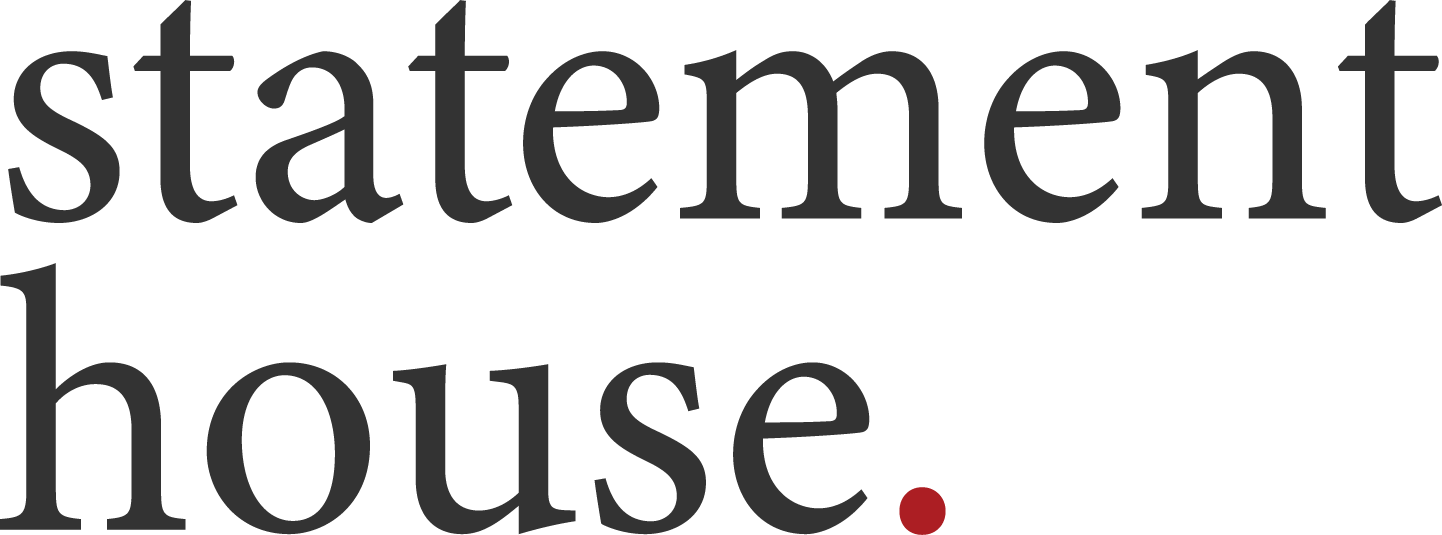Communities of Practice
July 2021
By Cristin Rollins & Kathleen O’Connor
Positive Youth Development (PYD) organizations have a shared goal of supporting young people’s development and preparing them to thrive. Across the United States, there are tens of thousands of PYD organizations, each striving for positive outcomes for the youth and communities they serve. Imagine the collective impact that could result from these organizations - and the individuals within them - working in concert and learning from one another. One way to accelerate such collaboration and learning is through Communities of Practice.
Communities of Practice (CoPs) provide a collaborative framework for their members to learn with one another by identifying and sharing best practices, innovating together, and combining efforts and resources to strengthen the field. CoPs can form naturally, they can be intentionally created by a group of individuals, or they can be initiated by an outside force, such as a foundation or agency funding a group of grantees.
These communities foster a sense of belonging and collaboration, and members use each other’s experiences and expertise as learning resources. They join forces in making sense of and addressing challenges they face individually or collectively. (Wenger et al. 2011).
Benefits to the Ecosystem: Members, Programs, Organizations, & the Sector
Successful CoPs have benefits that reach beyond their individual community members, shaping and influencing the entire ecosystem in which they work. Individual practitioners, the programs they lead, their organizations, and the sector as a whole all interact and influence one another. Therefore, every level of the system can be strengthened by participation and investment in CoPs.
Members benefit from
Shared knowledge and an increased understanding of the field
Connection to the expertise of others
Improved quality and/or innovation of work
Networking with other professionals
Enhanced professional identity and reputation
Programs/Functions benefit from
Adaptations and innovations in services, methods, practices
New content and standards sourced from the CoP
Improved leadership from members
Organizations benefit from
Shared resources across organizations
Leveraging a partner’s expertise instead of reinvention or rework
Innovation of services, structures, and systems
Benchmarking services and/or outcomes against others
Building alliances with other organizations
Sectors/Networks benefit from
Common measures and ability to communicate collective impact
Shared understanding of goals
Strengthening of field identity
Better service to their populations
A Community of Practice in Action!
The S.D. Bechtel, Jr. Foundation National Character Initiative brought together 13 of the largest youth serving organizations, fostering learning and collective action in Social Emotional Learning (SEL) through Communities of Practice.
We were fortunate to participate in a Community of Practice from 2015-2020 through the S.D. Bechtel, Jr. Foundation’s National Character Initiative, as evaluation representatives from our organizations. This initiative gathered 13 of the largest national youth-serving organizations who collectively reach millions of kids across the U.S. each year. While our focus was character development or SEL, as a group of evaluators, our charge was to learn from each other, to grow our evaluation expertise and methods, and to develop shared SEL evaluation knowledge for the field. The initiative supported a total of 4 CoPs, all focused on character development, but from various organizational perspectives: evaluation, program, policy, and strategy.
We recently surveyed to our Evaluation CoP members*, asking them to reflect on their participation and the benefits the CoP had for them, for their organizations, and for the PYD field. Overwhelmingly, members ranked relationships as the #1 vehicle for greatest impact, individually (89%), organizationally (44%), and for the field (78%).
Individually, CoP members expressed that they benefited from ties to each other, seeing each other as “an extended team,” “an advisory council,” or “personal and professional sounding board”:
“The COP relationships I developed have been incredibly supportive both personally and professionally. I always describe to others the COP in a way that is a sort of extended team that I know I can call on to get resources, ideas, or simply a listening ear. It is because of these relationships that I am able to think more globally about impact and how we can all work together to move the needle in positive youth development and equity.”
“...My confidence and sense of self as an evaluator also grew during our time together, which I attribute to these strong, supportive relationships.”
Respondents believed their organizations benefited most from relationships (44%) and resource sharing (33%). However, as one member responded, those two things are sometimes hard to pull apart:
“We were able to adapt and use tools that other grantee organizations shared, which was incredibly helpful. A close second, if not a tie, though, were the relationships. My development as an evaluator, which I attribute to the learning afforded by the strong relationships we built as a CoP, benefitted my organization, as I brought my enhanced knowledge, skills, and confidence and applied it to my work.”
Sector strengthening and collective impact resulted from alliances individuals built together:
“National youth serving organizations that had historically worked in silos as competitors actually came together and developed meaningful partnerships, which led to more collaboration for collective impact.”
78% of respondents reported that, since their participation in the CoP, they have integrated CoPs into their own work with their networks. As a group, we have experienced the benefits of this model of learning, sharing, and growing, and are making our own opportunities to build CoPs and strengthen our networks where we can.
*Survey data was collected in July 2021 through a convenience sample of 9 respondents from the 15 organizations who participated in the CoP (13 national youth development organizations, one support organization, and one policy organization).
“Practitioners within all of these organizations, with similar missions, working together toward common goals can only strengthen the field.”
Is your network or organization interested in developing, strengthening, or evaluating Communities of Practice? Let Statement House help you get started!


